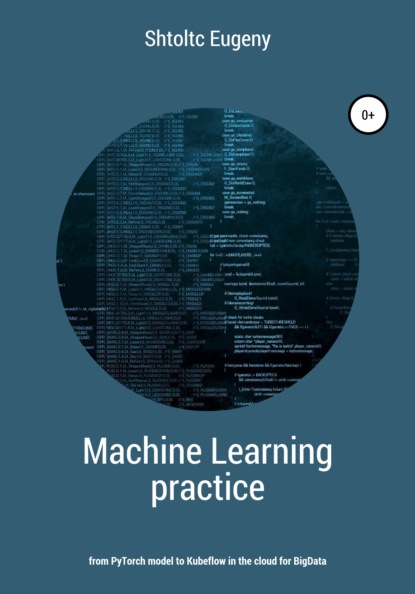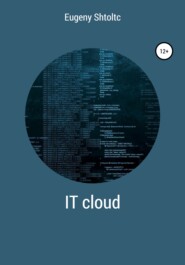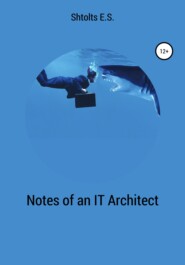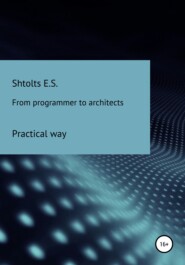По всем вопросам обращайтесь на: info@litportal.ru
(©) 2003-2024.
✖
Machine learning in practice – from PyTorch model to Kubeflow in the cloud for BigData
Настройки чтения
Размер шрифта
Высота строк
Поля
* DL4J (Deep Learning for Java) is a framework with an emphasis on Java Enterprise Edition. High support for BigData in Java: Hadoop and Spark.
With the speed of availability of new pre-trained models, the situation is different and, so far, Pytorch is leading. In terms of support for environments, in particular public clouds, it is better for the farms promoted by the vendors of these clouds, so TensorFlow support is better in Google Cloud, MXNet in AWS, CNTK in Microsoft Azure, D4LJ in Android, Core ML in iOS. By languages, almost everyone has common support in Python, in particular, TensorFlow supports JavaScript, C ++, Java, Go, C # and Julia.
Many frameworks support TeserBodrd rendering. It is a complex Web interface for multi-level visualization of the state and the learning process and its debugging. To connect, you need to specify the path to the "tenserboard –logdir = $ PATH_MODEL" model and open localhost: 6006. Interface control is based on navigating through the graph of logical blocks and opening blocks of interest for subsequent repetition of the process.
For experiments, we need a programming language and a library. Often the language used is a simple language with a low entry threshold, such as Python. There may be other general-purpose languages like JavaScript or specialized languages like R. I'll take Python. In order not to install the language and libraries, we will use the free service colab.research.google.com/notebooks/intro.ipynb containing Jupiter Notebook. Notebook contains the ability not only to write code with comments in the console form, but to format it as a document. You can try Notebook features in the educational playbook https://colab.research.google.com/notebooks/welcome.ipynb, such as formatting text in the MD markup language with formulas in the TEX markup language, running scripts in Python, displaying the results of their work in text form and in the form of graphs using the standard Python library: NumPy (NamPay), matplotlib.pyplot. Colab itself provides a Tesla K80 graphics card for 12 hours at a time (per session) for free. It supports a variety of deep machine learning frameworks, including Keras, TenserFlow, and Pytorch. The price of a GPU instance in Google Cloud:
* Tesla T4: 1GPU 16GB GDDR6 0.35 $ / hour
* Tesla P4: 1GPU 8GB GDDR5 0.60 $ / hour
* Tesla V100: 1GPU 16GB HBM2 2.48 $ / hour
* Tesla P100: 1GPU 16GB HBM2 $ 1.46 / hour
Let's try. Let's follow the link colab.research.google.com and press the button "create a notepad". We will have a blank Notebook. You can enter an expression:
10 ** 3/2 + 3
and clicking on play – we get the result 503.0. You can display the graph of the parabola by clicking the "+ Code" button in the new cell in the code:
def F (x):
return x * x
import numpy as np
import matplotlib.pyplot as plt
x = np.linspace (-5, 5, 100)
y = list (map (F, x))
plt.plot (x, y)
plt.ylabel ("Y")
plt.xlabel ("X")
Or displaying an image as well:
import os
! wget https://www.python.org/static/img/python-logo.png
import PIL
img = PIL.Image.open ("python-logo.png")
img
Popular frameworks:
* Caffe, Caffe2, CNTK, Kaldi, DL4J, Keras – a set of modules for design;
* TensorFlow, Theano, MXNet – graph programming;
* Torch and PyTorch – register the main parameters, and the graph will be built automatically.
Consider the PyTorch library (NumPy + CUDA + Autograd) because of its simplicity. Let's look at operations with tensors – multidimensional arrays. Let's connect the library and declare two tensors: press + Code, enter the code into the cell and press execute:
import torch
a = torch.FloatTensor ([[1, 2, 3], [5, 6, 7], [8, 9, 10]])
b = torch.FloatTensor ([[– 1, -2, -3], [-10, -20, -30], [-100, -200, -300]])
Element-wise operations such as "+", "-", "*", "/" on two matrices of the same dimensions perform operations with their corresponding elements:
a + b
tensor ([[0., 0., 0.],
[-5., -14., -23.],
[-92., -191., -290.]])
Another option for the elementwise operation is to apply one operation to all elements one by one, for example, multiply by -1 or apply a function:
a
tensor ([[1., 2., 3.],
[5., 6., 7.],
[8., 9., 10.]])
a * -1
tensor ([[-1., -2., -3.],
[-5., -6., -7.],
[-8., -9., -10.]])
a.abs ()
tensor ([[1., 2., 3.],








